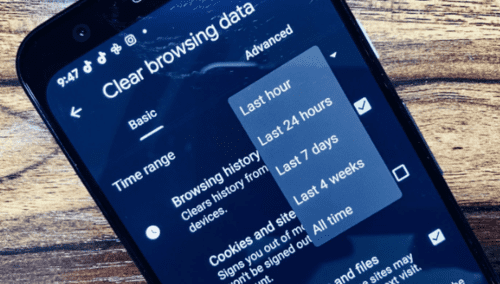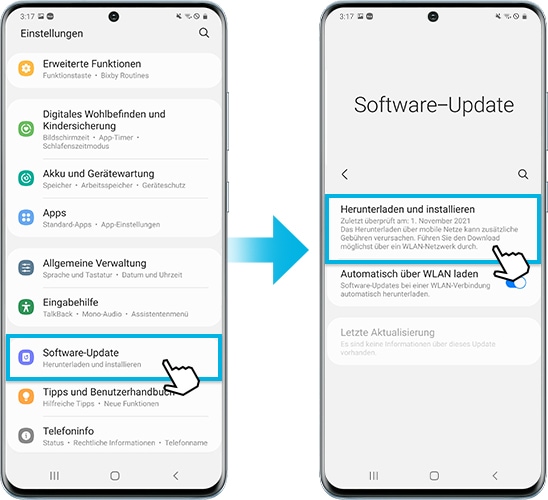Refresh my phone
It’s that time of year again when we all need to refresh our phones. Here are a few ways to do it without having to go out and buy a new one.
Auto Refresh My SAMSUNG Phone Every Week
How to Give Your Phone a Makeover
If you’re looking for an easy way to spruce up your phone, there are plenty of apps and tutorials available online. But if you’re looking for something a little more professional and polished, there are a few things you can do to improve the look and feel of your phone.
First, you can try changing the background image or color. This can give your phone a new look and feel and can be a great way to personalize it. You can also try using different apps to change the look and feel of your phone. For example, you could try using a different launcher or app to change the look and feel of your phone.
Another way to improve the look and feel of your phone is to install a new theme or skin. These themes and skins can change the look and feel of your phone and can make it look more professional. You can find themes and skins online or in app stores.
Finally, you can try adding a new wallpaper to your phone. This can give your phone a new look and feel and can be a great way to personalize it. You can find wallpapers online or in app stores.
Tips to Keep Your Phone Running Like New
Phone batteries last anywhere from 2-3 years, with regular use. Here are a few tips to help keep your phone running like new:
1. Carry a spare battery. Not having a backup battery can mean the difference between an uninterrupted conversation and a frustrating dead battery.
2. Charge your phone regularly. Charging your phone overnight will not only keep your phone running smoothly, but it can also extend your battery life.
3. Use a power adapter. If you’re going to be away from a power source for an extended period of time, be sure to pack an adapter.
4. Clean your phone regularly. A build-up of dust and dirt can take a toll on your phone’s battery. Clean your phone with a soft cloth and dry it off before storing it.
5. Use caution when using your phone in cold environments. When your phone’s battery is cold, it takes longer for it to reach its full charge.
Also Read:- WhatsApp Verification Code Online Benefits | Steps to Generate and Find |
How to Clear Storage and Speed up Your Phone
Storage and speed up your phone: 
If you’re like most people, you probably don’t spend a lot of time thinking about how your phone stores information or how to make it faster. But if you want to optimize your phone for performance and storage, it’s important to understand how your device works.
Your phone stores information in different parts of the memory. The internal memory (also known as the “phone memory”) stores the basic operating system and application files. The SD card stores pictures, music, and other files that you want to keep on your phone but don’t need to use right away. The phone also uses the internet to access information, so it uses the cellular network to download information and download applications.
To optimize your phone for performance and storage, you first need to understand how your phone stores information.
Your phone stores information in different parts of the memory. The internal memory (also known as the “phone memory”) stores the basic operating system and application files. The SD card stores pictures, music, and other files that you want to keep on your phone but don’t need to use right away. The phone also uses the internet to access information, so it uses the cellular network to download information and download applications.
To optimize your phone for performance and storage, you first need to understand how your phone stores information.
When to Factory Reset Your Phone
There is no definitive answer to this question, as it depends on your specific phone and usage. In general, you should factory reset your phone if:
- Your phone is not working properly (app crashes, slow performance, etc.)
- You want to start fresh with a new set of default settings
- You want to erase all of your data
How to Update Your Phone’s Software
Assuming you have a phone that supports software updates, the first thing you’ll want to do is check to see if there are any updates available. On most phones, you can do this by going to the phone’s Settings menu and clicking on “System Updates.” (If you don’t see a “System Updates” menu item, your phone may not support updates.) You’ll then be able to see a list of available updates, as well as any information about the update (like its size or when it was last updated).

If you want to install an update, you’ll first need to find out where it’s stored. Most updates are stored on the phone’s internal storage, but some may be stored on a removable storage device (like a flash drive) or on a server. Once you know where the update is stored, you can either click on the update to download it, or you can click on the “Install” button to automatically install the update when you connect your phone to the internet.
Once the update is installed, you’ll need to restart your phone. On most phones, you can do this by clicking on the “Restart” button on the “System Updates” screen, or by pressing the “Power” button and then tapping on the “Restart” button.
Once your phone has restarted, you’ll be prompted to update your software. Click on the “Update” button to begin the process.



